More companies than ever are using Instagram for business — over 200 million businesses, to be exact.
Instagram has proven to be a worthwhile investment for marketing purposes. We surveyed 650+ global marketers in Jan. 2024, and they were more likely to rate Instagram as having high ROI than any other platform, and it’s the platform that will get the most investment from them in 2024.
If you’ve only ever used Instagram for personal use, it might seem daunting to start using it for business purposes. Here, we’re going to explore how you can be using Instagram for business to promote your business on Instagram.
Table of Contents
- How to Use Instagram for Business
- What is a business profile?
- How to Create a Business Profile on Instagram
- How to Switch to Your Business Profile
- Top Instagram Promotion Tactics of 2024 [Data]
How to Use Instagram for Business
Let’s delve into the six strategies you’ll need to employ to get the most out of Instagram.
1. Add value with your content.
First and foremost, Instagram is a visual platform. To attract an audience, it’s critical you spend time delivering high-quality, thoughtful content.
To succeed on Instagram, it’s essential you create valuable content that attracts an audience and encourages them to engage with your business. Consider how you can delight your customers while staying true to your brand.
For instance, Hot Pockets sells microwaveable pocket sandwiches. Admittedly, I wasn’t much of a fan of Hot Pockets — until I began following their business’s Instagram account.
There are only so many times you can post a picture of a sandwich. Hot Pockets goes in a different direction. Instead, it appeals to its audience through humor, often posting relevant memes or funny quotes.
For instance, in response to @ShallowDivers’ claim that Hot Pockets aren’t sandwiches, Hot Pockets responded with this:

Ultimately, it might take trial and error to find the content that works best for your business.
While Hot Pockets relies on humor, other brands like The North Face use impressive adventure images to appeal to its demographic.
The point is, brands need to add value to Instagram’s community rather than using the platform for advertisements alone. This is critical for your long-term success.
Looking for a few more tips on how to use Instagram to positively impact your business? Check out these Instagram hacks in the video below.
Put these tips to work, and update your marketing mantra from “content is king” to “valuable content is king.”
2. Maintain a consistent theme.
Imagine each Instagram post as an individual page of your website.
While each post should be good on its own, ideally, you’ll need to create a cohesive theme to maintain an audience’s loyalty. In fact, using a consistent voice and aesthetic across your Instagram page is the #3 strategy Instagram marketers are leveraging this year.
It’s important to note, I mean “theme” in the broad sense, as it relates to everything from hashtags and captions to pictures and videos. You’ll need to create a consistent tone of voice and a unified feed aesthetic.
Ultimately, the more specific and consistent you are with your posts, the more likely you are to attract your most authentic audience.
You might think it’s better to appeal to more people through various themes, but ultimately, staking your claim in a specific niche will help you create stronger, more genuine connections.
For instance, consider MVMT. Its feed is undoubtedly consistent, with similar filters and color palette, and an emphasis on darker, edgier images:

Its consistency is equally obvious in its captions, with phrases like “Create a life you can’t wait to wake up to,” and “Unexplored paths lead to undiscovered stories.” In every post, you’ll see the same hashtag: #jointhemvmt.
Undoubtedly, its followers both expect and prefer this type of content, or they wouldn’t have followed in the first place. To continue delighting customers, it’s essential MVMT keeps true to its theme.
3. Engage with your audience.
Engaging with your audience helps your followers feel valued and, as a result, more connected to your business.
There are plenty of ways to engage with your audience. You might reply to comments on your posts, participate in comment threads, run contests or giveaways, use Instagram Stories polls feature, or give shout-outs to followers on your Stories, particularly if they post something relevant to your brand.
Halo Top Creamery does a fantastic job of engaging with its audience.
It frequently posts cute ice cream pictures with the caption “Ice cream is better with friends. Tag a friend you’d like to eat this with.”
A simple “tag a friend” caption is an effective strategy for growing your audience since your followers will then tag friends who might not know about you yet.
Additionally, Halo Top often does contests and giveaways, like this one:

By tagging winners in its posts, Halo Top incentivizes other followers to engage with the brand in the future. Additionally, Halo Top’s giveaways demonstrate genuine commitment to connecting with its audience.
4. Consider influencer marketing.
As a consumer, you’ve likely seen the recent influx of influencer marketers on Instagram — and for good reason.
Social media marketers we surveyed in 2024 said that Instagram offers the second-highest ROI of all platforms when working with influencers/creators.
By leveraging the power of an influencer, who is already authentically connected with her audience and seen as a trusted source of information, you’re able to spread brand awareness and drive sales.
Micro-influencing in particular is a strong opportunity for brand endorsement.
You could use your budget and resources to invest in traditional advertising, but it’s often easier to create a more targeted, effective marketing campaign through influencer marketing.
Ultimately, influencers have already cultivated an engaged, loyal following — by identifying the right influencers for your niche, you’re much more likely to find followers who will truly enjoy and support your products or services.
5. Build an ad campaign.
There are two reasons you might use Instagram ads: to spread brand awareness or to increase sales.
It’s critical you focus on one goal when creating an effective ad campaign. An Instagram ad aiming to sell a product will look vastly different from one intending to attract followers.
For instance, consider this Greenchef ad that showed up on my Instagram feed.
With various images of delicious food and an enticing “$40 OFF” discount, it’s likely a high-converting ad. It’s very clear what Greenchef’s goal is: to get people to buy their product.

YouTube, on the other hand, invested in Instagram ads for an entirely different reason.
Its advertisements, featuring well-known singers like Camila Cabello, entice followers to simply follow YouTube Music’s Instagram channel (and, ideally, YouTube’s music channel itself).

To implement an effective campaign, it’s essential you decide what you’re hoping to achieve before you begin creating it.
Once you’ve chosen a goal, you’ll want to create the ad creative. Similar to what we discussed in strategy one, you’ll need to create high-value visual content if you want your ad to be successful. Take a look at other ads on Instagram and consider how you might emulate them.
Additionally, A/B test multiple variations of the same ad (changing the copy, image, or targeted audience for each version), to figure out what works best for your business.
When you’re ready to create your ad, you’ll need to use Facebook Ads Manager. Among other things, Ads Manager lets you narrow in on your target audience (including location, age, and various interests of your ideal demographic), choose your ad objective, and analyze ad performance.
6. Utilize shoppable posts.
If you’re using Instagram for business, then, Shoppable Posts is one feature you’ll want to know well.
It allows you to create posts and tag your products and/services to create a seamless shopping experience directly on the platform. It creates less friction for your followers, increasing the odds of turning them into customers.

Before you begin executing these strategies, you’ll need one thing: an Instagram Business Profile.
A business profile legitimizes your Instagram account and enables you to add critical information like your company’s business hours, location, and phone number.
Pros and Cons of an Instagram Business Profile
“Whoa, whoa, whoa,” you might be thinking. “I don’t know how I feel about committing to all that.”
Here are some helpful pros and cons so you can determine if a business profile is right for you before jumping in:
Pros
- Access to metrics on how your posts and stories perform.
- Ability to track how your followers engage with your content.
- Access to features necessary to run ad campaigns.
- Gain feature for adding URLs to Stories so you can send warm traffic to your site.
Cons
- Being labeled as a business.
- May experience less organic reach and visibility.
- Must also have a Facebook account to access ad features.
For most brands, the benefits of a business profile outweigh the cons due to the additional features and analytics. However, it’s important to consider your goals before taking action.
How to Create a Business Instagram Profile
In order to create a business profile on Instagram, you must first create a personal Instagram account and then switch it to a business profile.
If you already have an Instagram account, skip to the next section for instructions on making the switch.
If you don’t already have an Instagram account, there are two ways to get one:
- From the computer
- From a mobile device (IOS and Android)
For detailed steps, check out our comprehensive article on how to create a business account on Instagram.
How to Switch to Your Business Profile
When you have an Instagram set up, follow these easy steps when you’re ready to make the switch:
1. Go to your profile on the mobile app and select the hamburger menu (three stacked horizontal bars) in the top right corner.
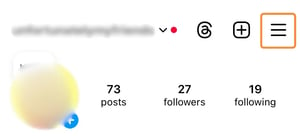
2. Scroll down to “Your insights and tools” and tap “Account type and tools.”

3. Under “Account type,” select “Switch to a professional account.”
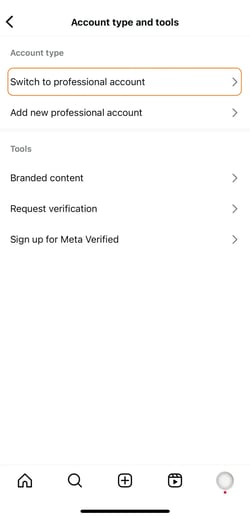
4. Click “Continue” in the pop-up menu.
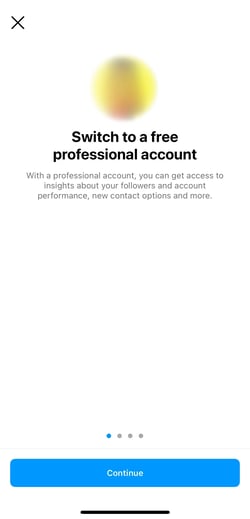
5. Select the best category descriptor for your account, like blogger or digital creator, then click “Done.”
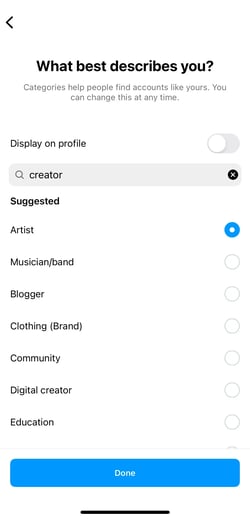
You can also toggle the “Display on profile” button so the category you choose is visible to your profile visitors. The button is pictured below.

And here’s what the button looks like on a profile:

6. Next, choose whether you’re a creator or a business.
The descriptions under each type let you know what’s most applicable to you based on the category you chose. Once selected, click “Next.”
If you do not have a Facebook Business Page, you will need to create one before completing this step. If your Facebook page is already linked, move on to the next step.
7. Follow the prompts to continue setting up your account and customizing your profile.
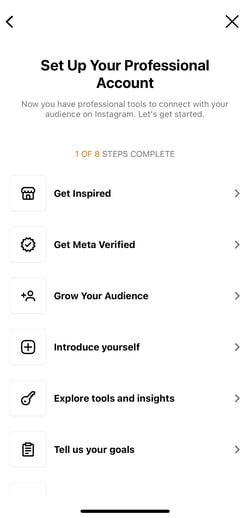
8. Select Done.
You’re now ready to begin implementing your social media strategy on Instagram.
From here, you’ll want to determine the audience you want to target, the aesthetic and tone you want to convey, and the content you want to create.
Top Instagram Promotion Tactics of 2024 [Data]
Here, we’ll review some of the top Instagram promotion tactics gleaned from our 2024 Instagram Engagement Report report.
Audience Interaction
Marketers’ primary goal on Instagram in 2024 is increasing engagement, so it makes sense that the most popular Instagram marketing strategy is interacting with audiences.

Interacting with your audience offers so much more than just engagement. It helps build a sense of community with your followers and allows you to get to know them better.
Content Engagement
Audience interaction takes the #1 spot for the most popular strategy, but survey respondents say they plan to invest the most money in creating content that encourages engagement on the platform.

What’s more is that 44% of marketers say that creating content that encourages engagement offers the highest ROI.
Engagement on social media signals that your content is resonating with your audience. Whether it’s an in-feed post, a Story, or a live stream, engagement can be a great indicator of your page’s health.
Wondering how to make your content more engaging? Try creating content that champions your products/services. Our research shows that this type of content performs the best on the platform.

You can also try the funny route. It offers the second-highest performance, which adds up because funny content tends to be relatable and usually gets someone to stop scrolling and pay attention.
The format also influences engagement, with most marketers posting images more than anything else. Seventy percent of marketers surveyed post Images on the platform saying it has the highest ROI of all content formats.

Videos are another effective tool, and the data shows that sharing video content brings in the most reach/impressions of all other formats.
Product Advertising
As Instagram shopping continues to grow, it’s no surprise that marketers’ #2 goal for 2024 is advertising their products/services.
Our research shows that running advertisement campaigns is among the top five Instagram strategies, getting the most investment in 2024. And, as mentioned above, sharing content that showcases products/services offers the highest ROI of any content type
Instagram shopping tools are still evolving, but 71% of social media marketers who sell products in the Instagram app say the features have high ROI. Most survey respondents also say that 25-50% of clicks on shoppable and linked posts lead to purchases.

Over to You
Whatever your goal is, whether it’s increasing brand awareness or generating more revenue, using Instagram for business gets you one step closer to achieving it. While not all of Instagram’s tools will offer a high ROI, they are all worth trying to see what works best for your audience.
Editor’s Note: This post was originally published in May 2020 and has been updated for comprehensiveness.
![]()

![Download Now: How to Use Instagram for Business [Free Guide + Templates]](https://i4lead.com/wp-content/uploads/2024/10/50132bc4-636b-4d26-9e40-61748d9618a9.png)


![Download Now: The Annual State of Artificial Intelligence in 2024 [Free Report]](https://i4lead.com/wp-content/uploads/2024/10/b72f2b25-8cc9-4642-9a1b-1e675d3d273b.png)










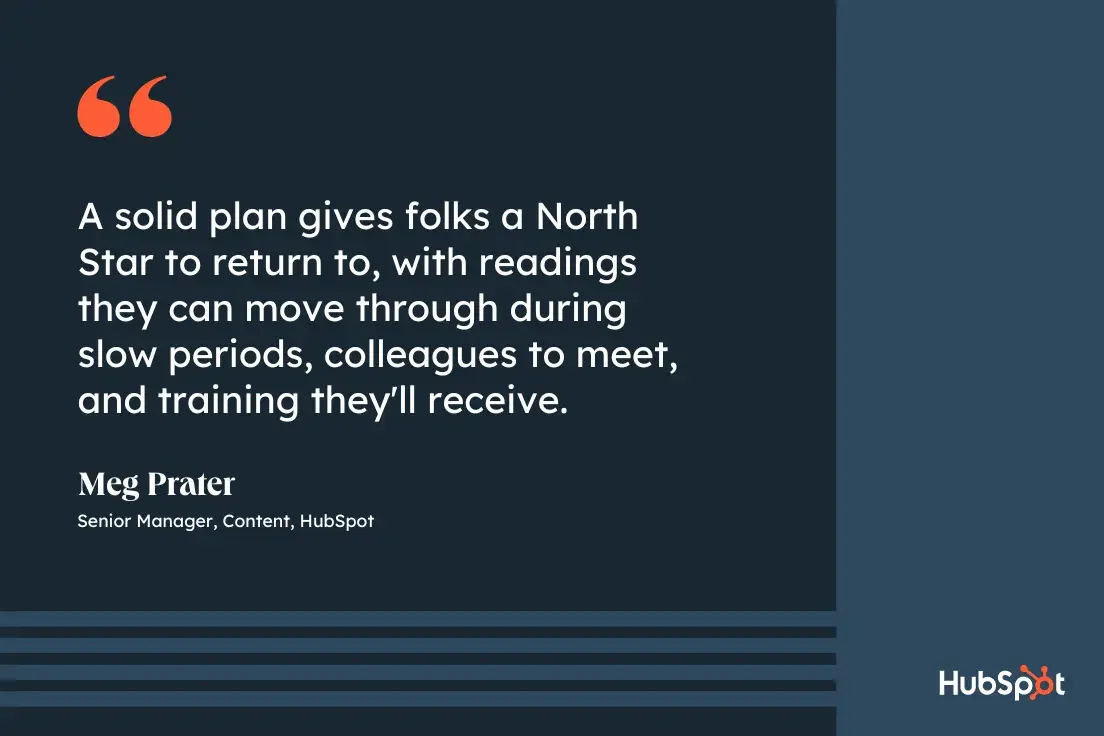
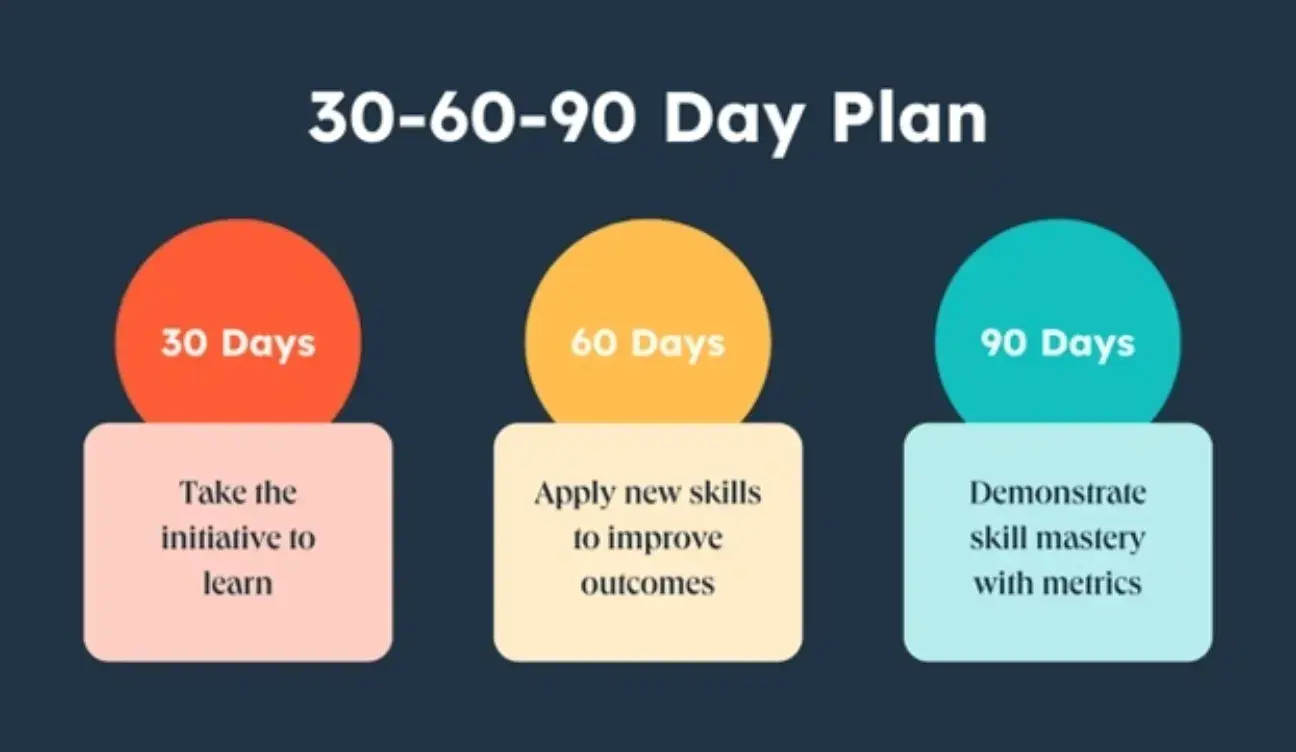
![30-60-90 day plan, quote graphic, [A 30-60-90 day plan] is a document meant to help you succeed. Of course, it will need to be different for each person who joins., Meg Prater, Senior Manager of Content, HubSpot](https://knowledge.hubspot.com/hs-fs/hubfs/30-60-90-day-plan-3-20240925-8938178.webp?width=650&height=433&name=30-60-90-day-plan-3-20240925-8938178.webp)
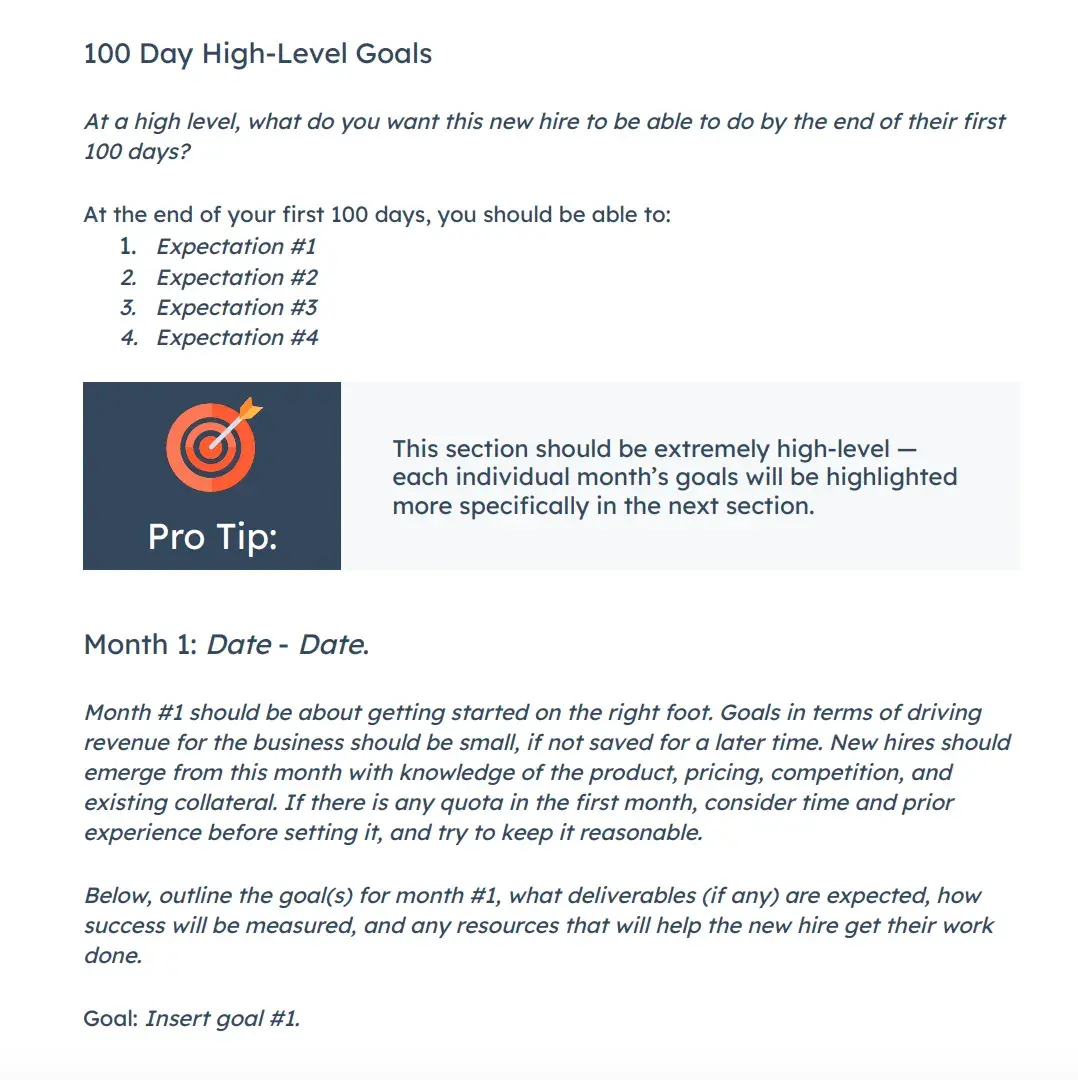
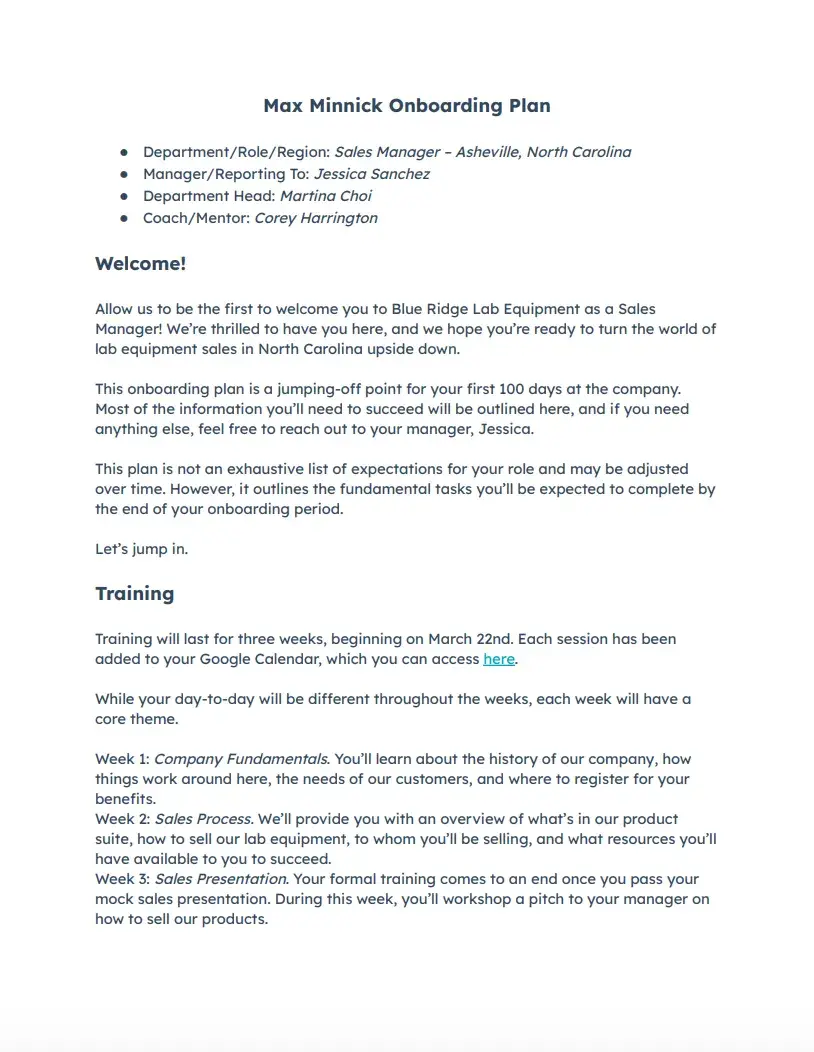

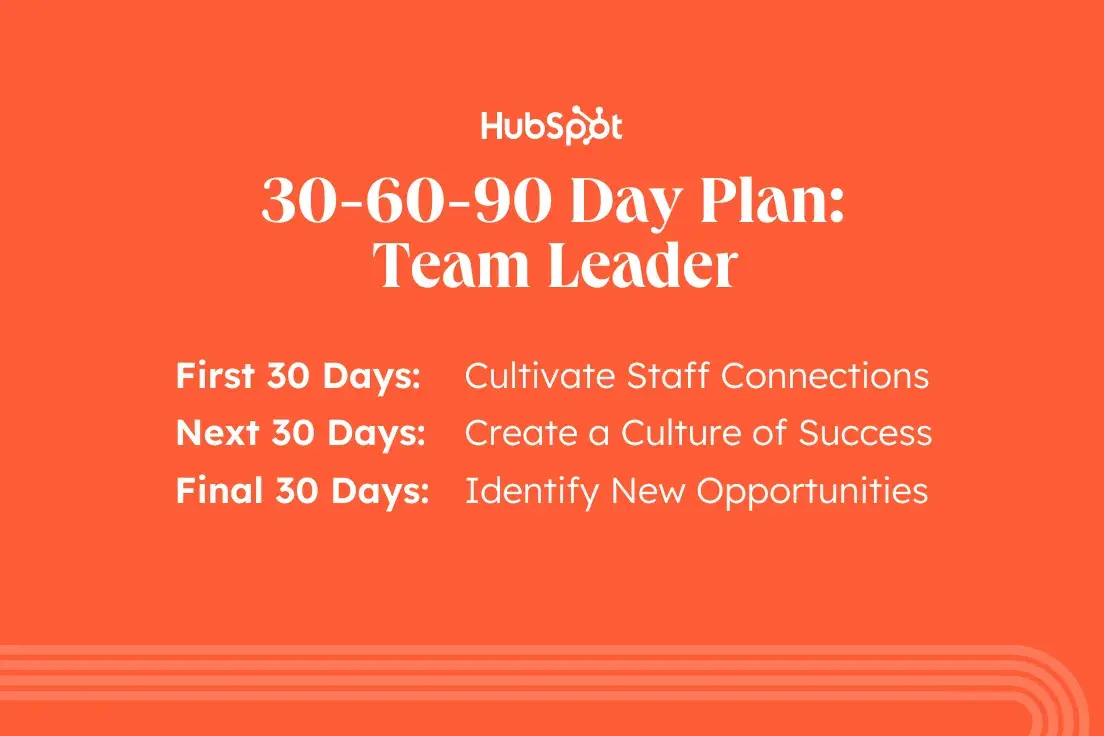
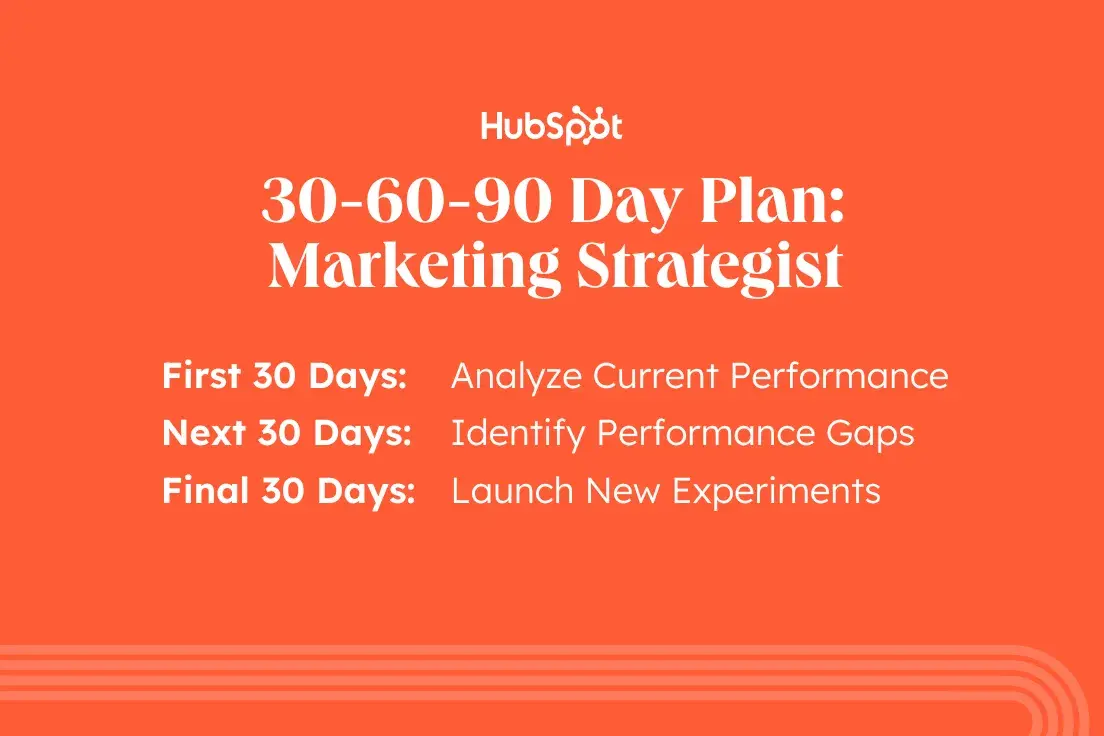
![→ Free Download: Free Marketing Reporting Templates [Access Now]](https://i4lead.com/wp-content/uploads/2024/09/0d883e85-c2e5-49bb-bef2-bfddb500d84b.png)
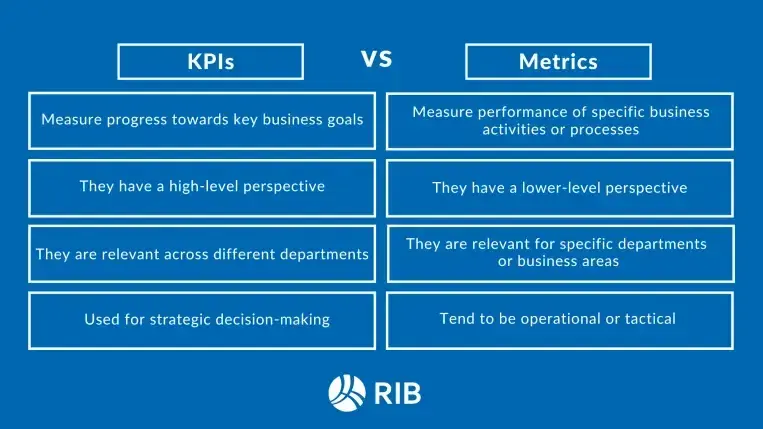
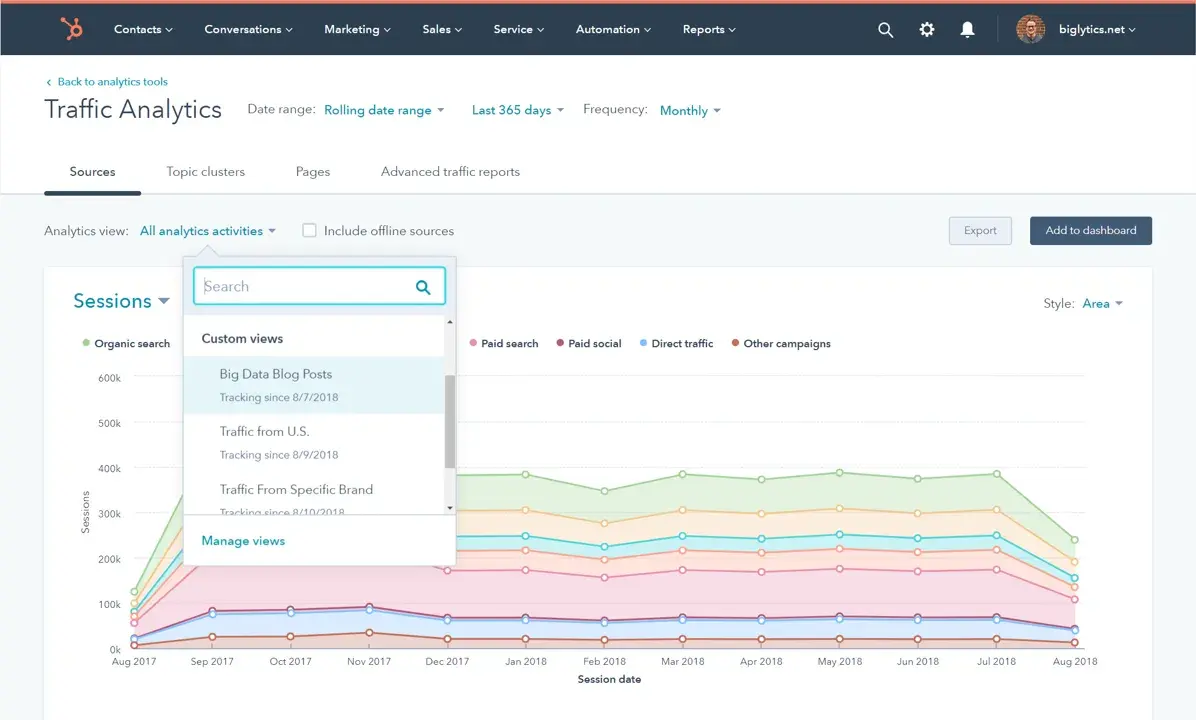
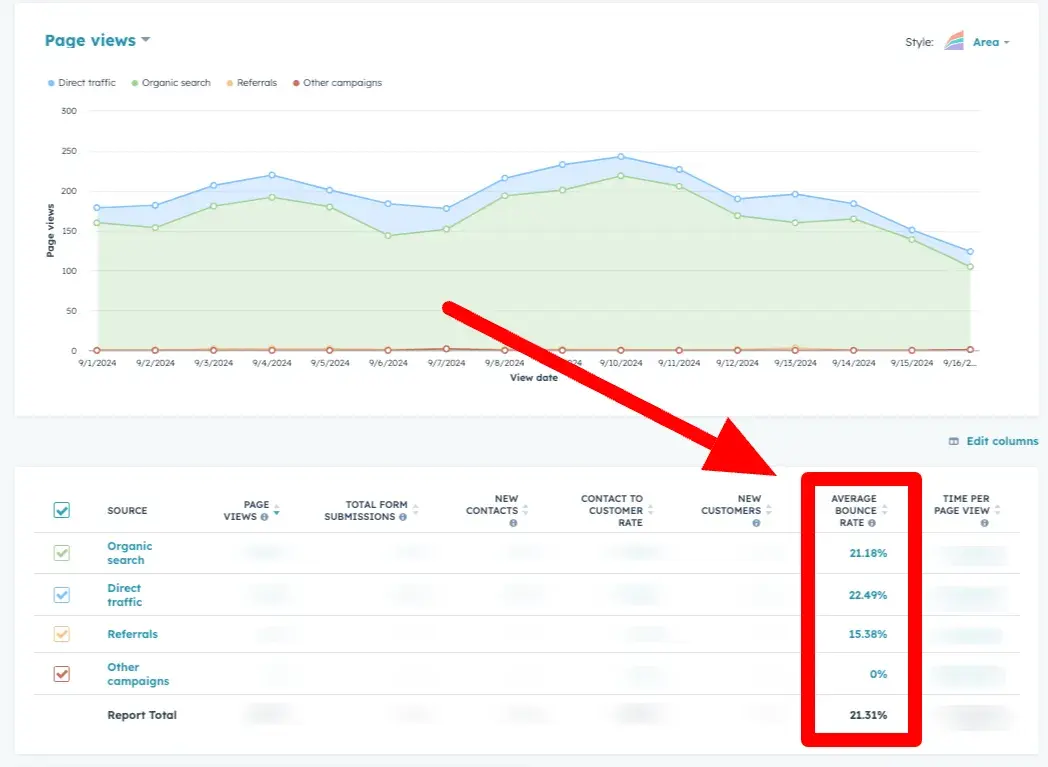
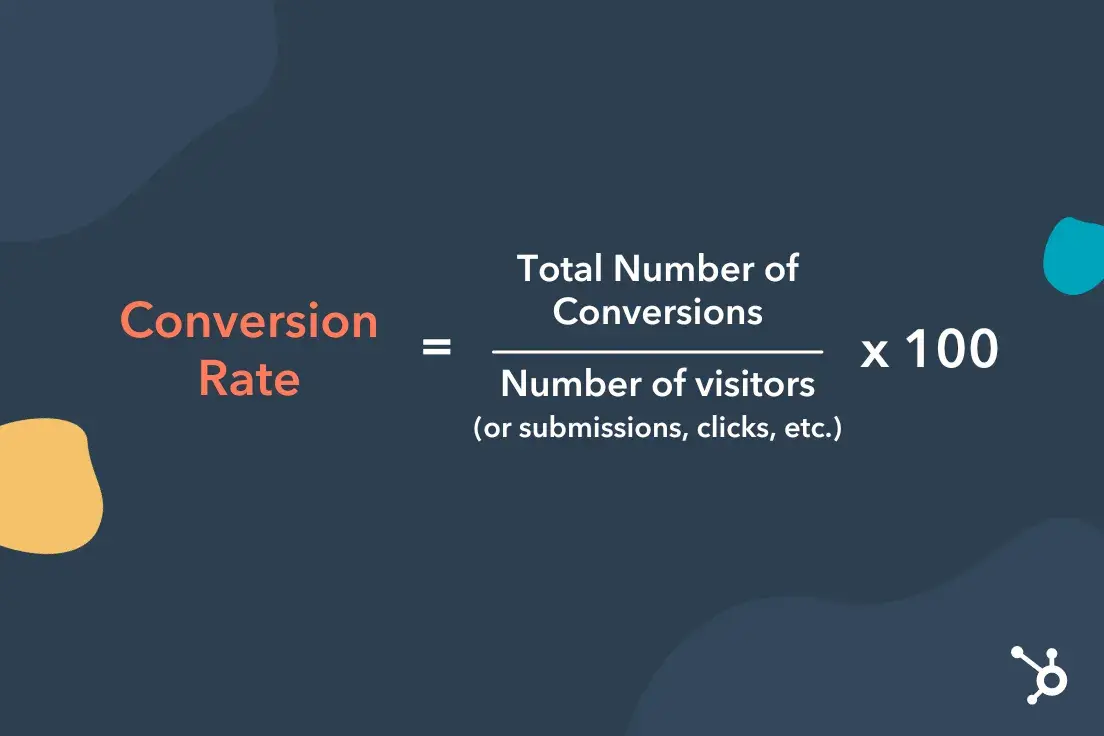
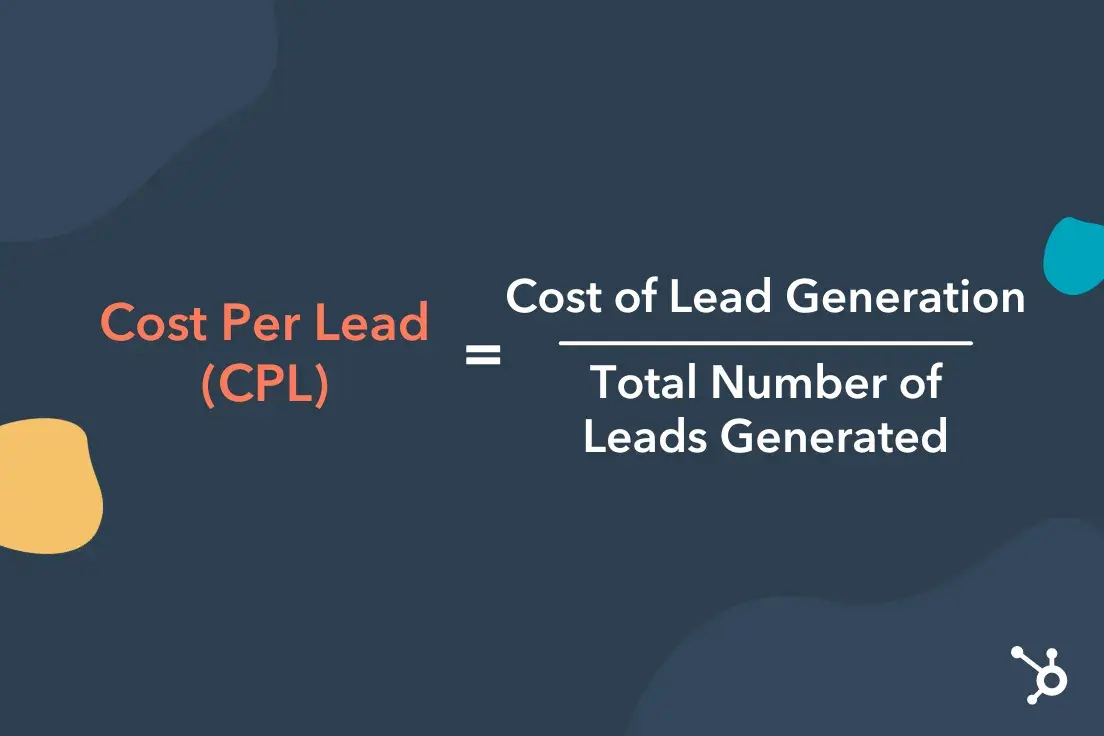
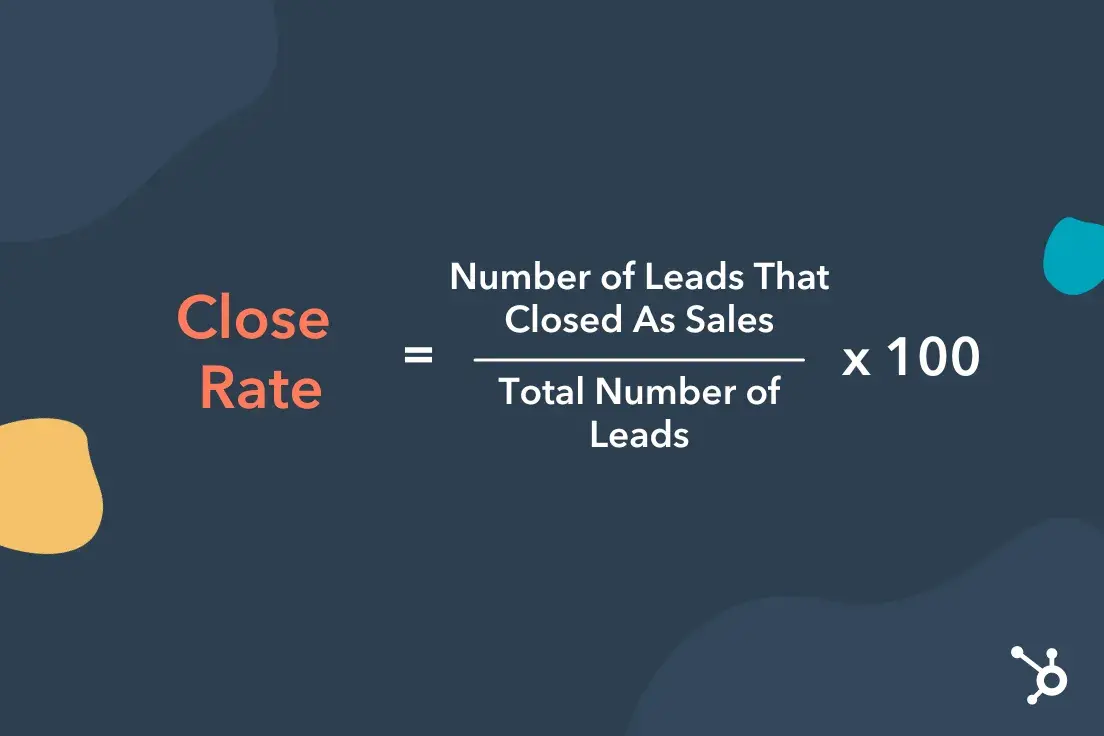
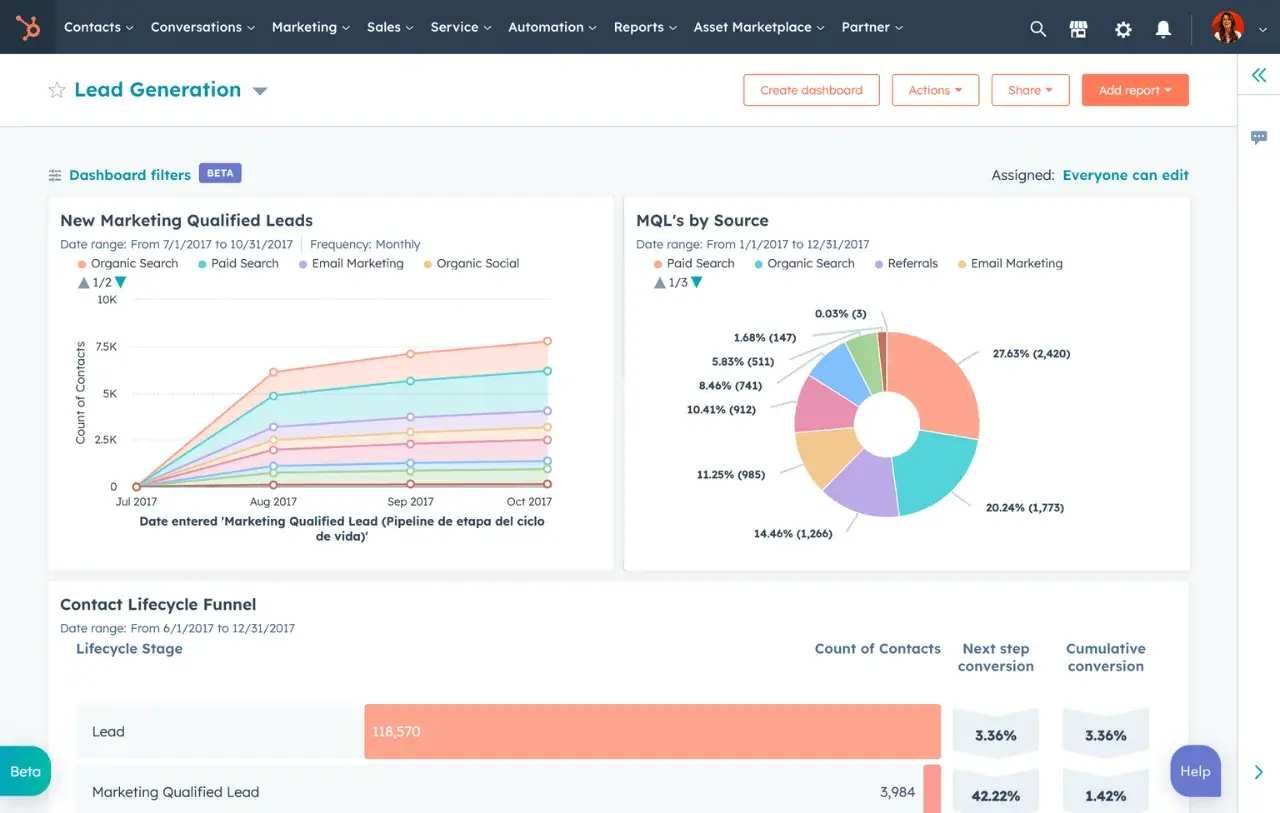
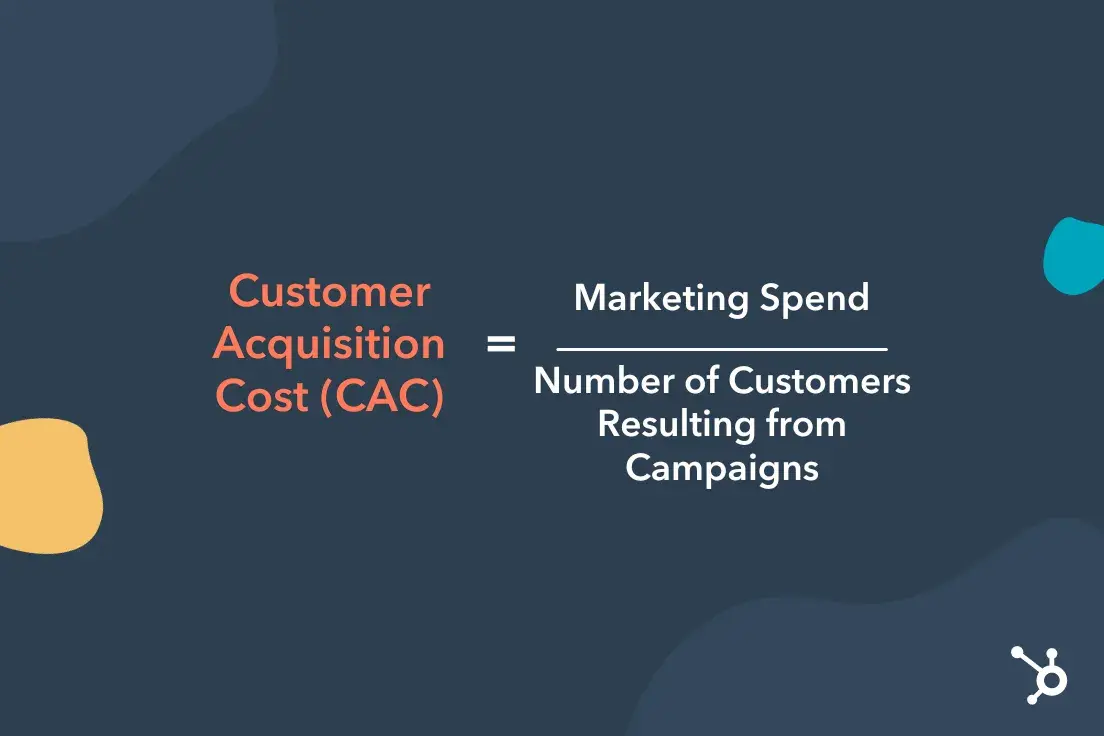
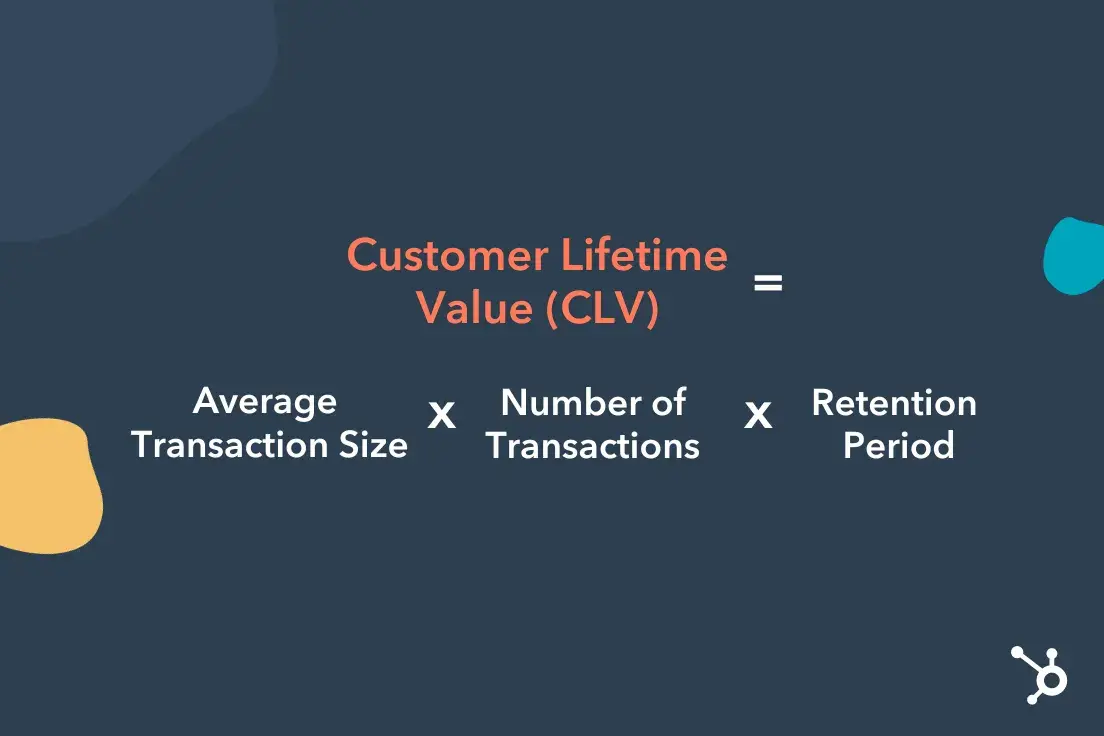
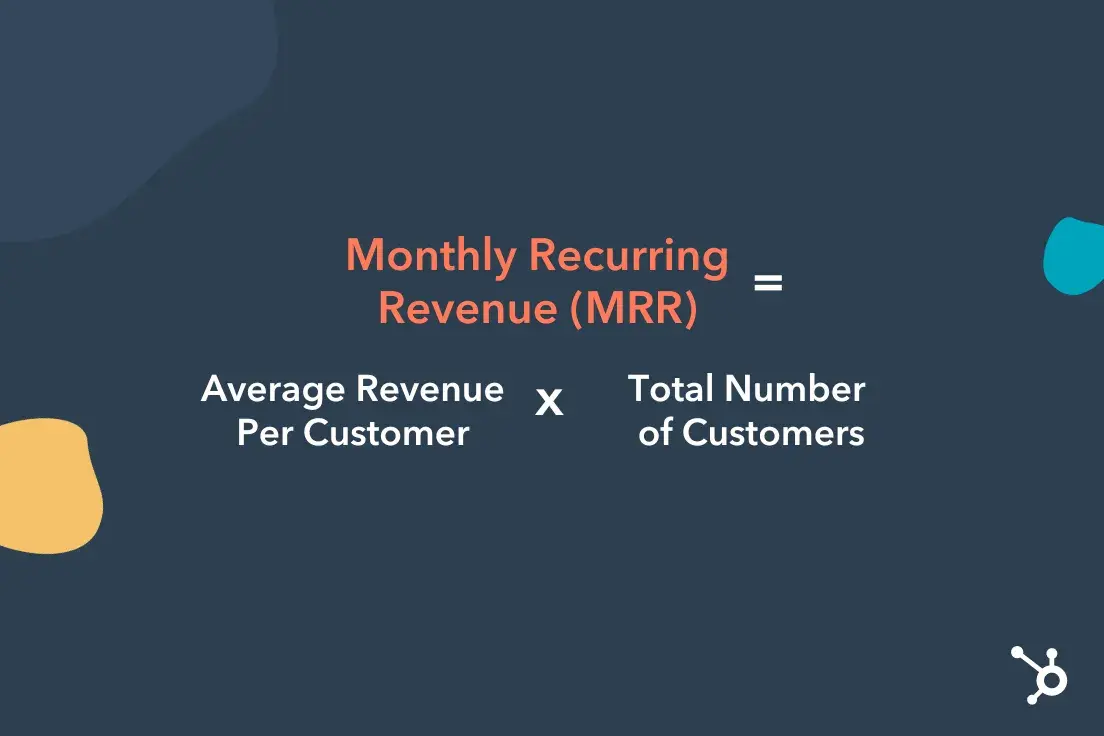
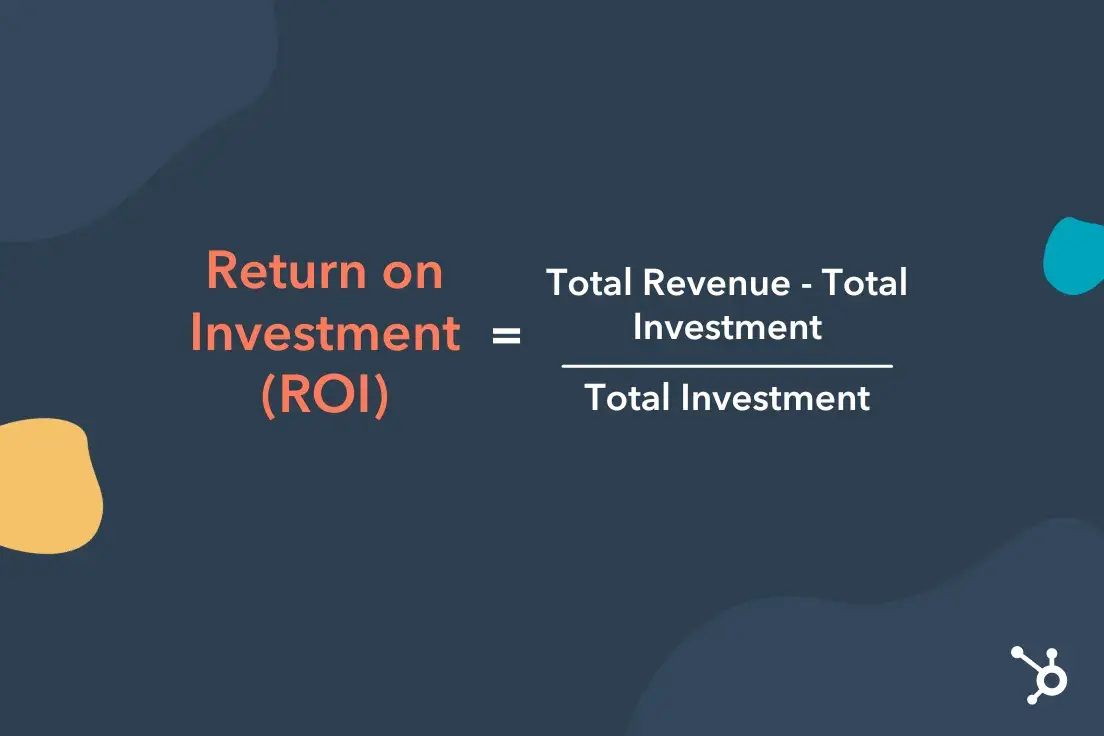
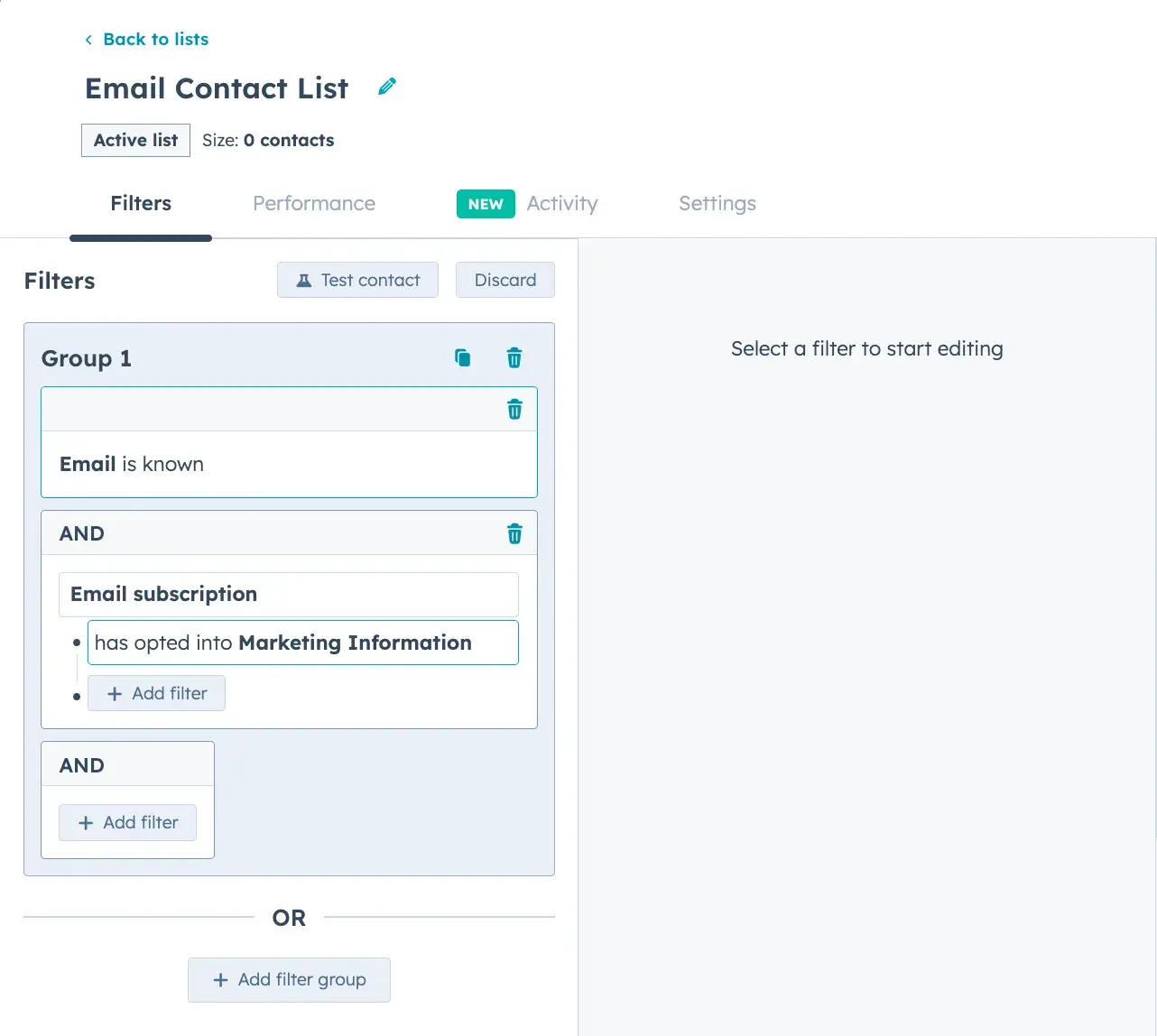
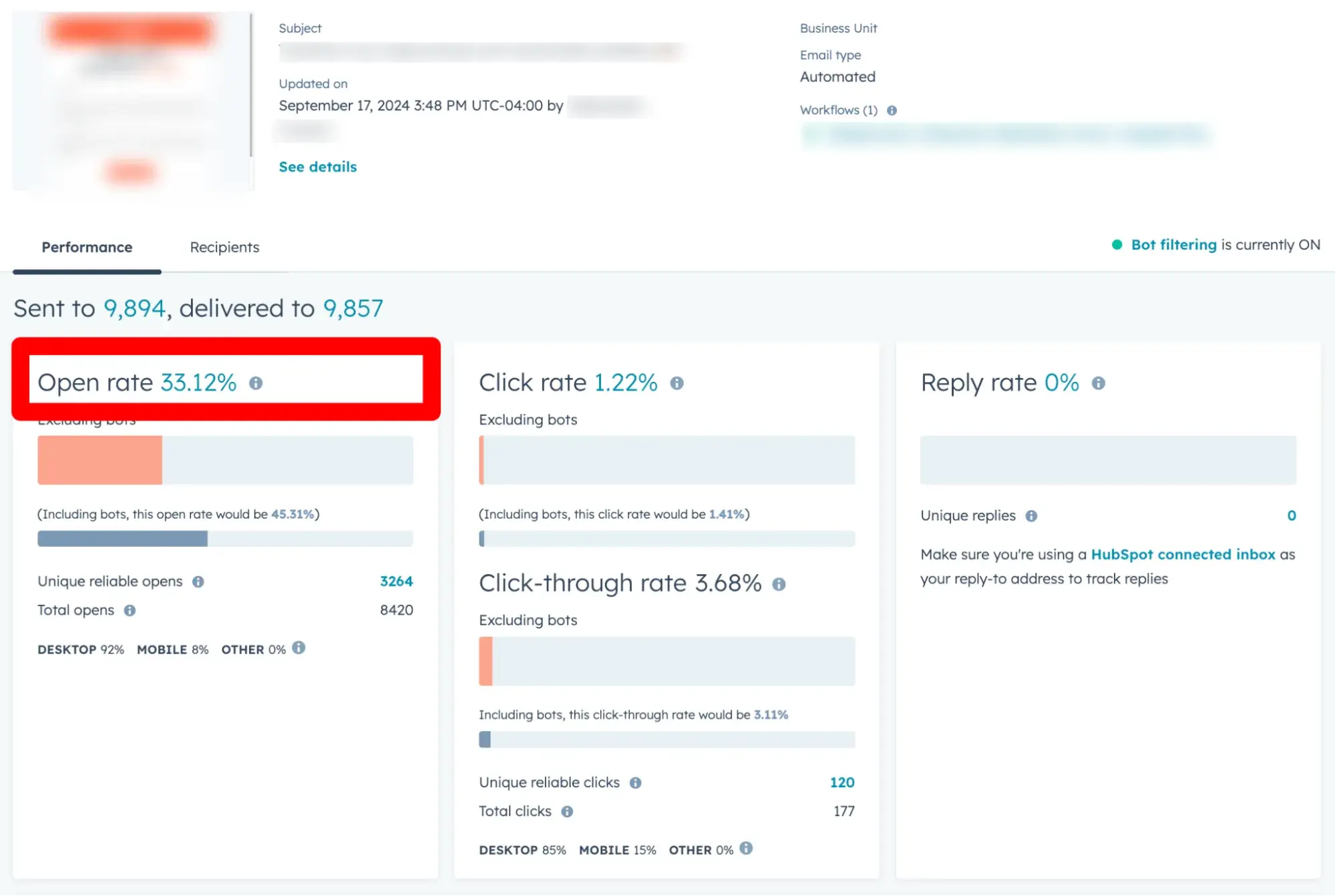
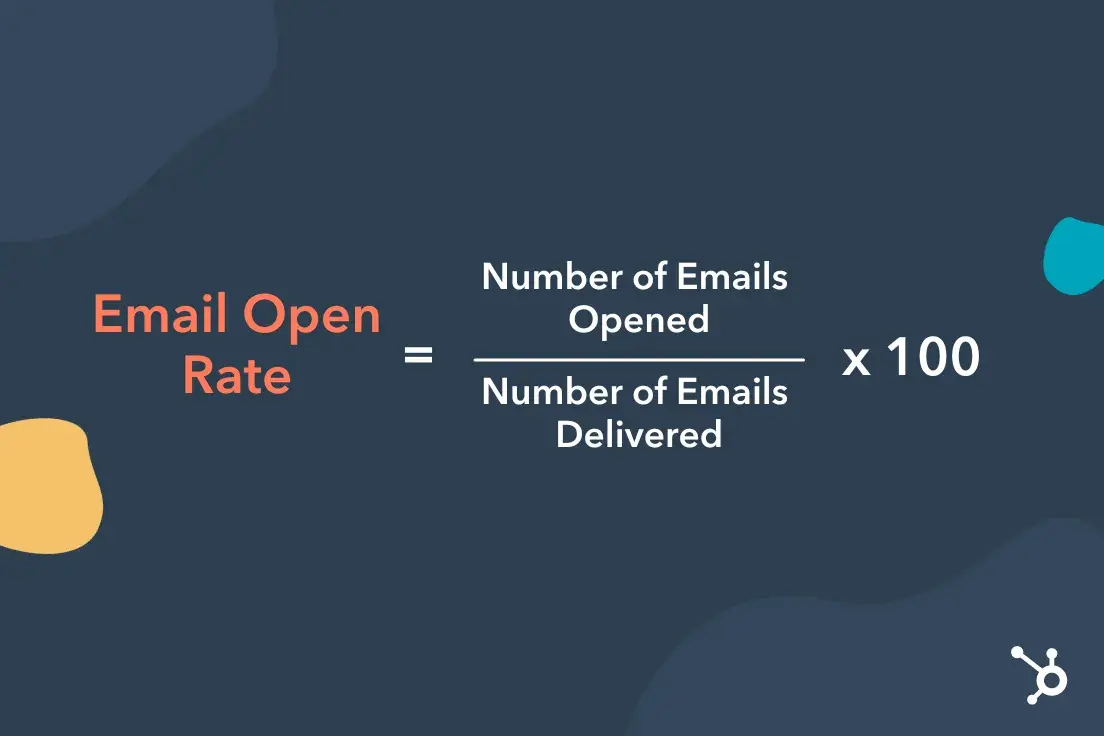

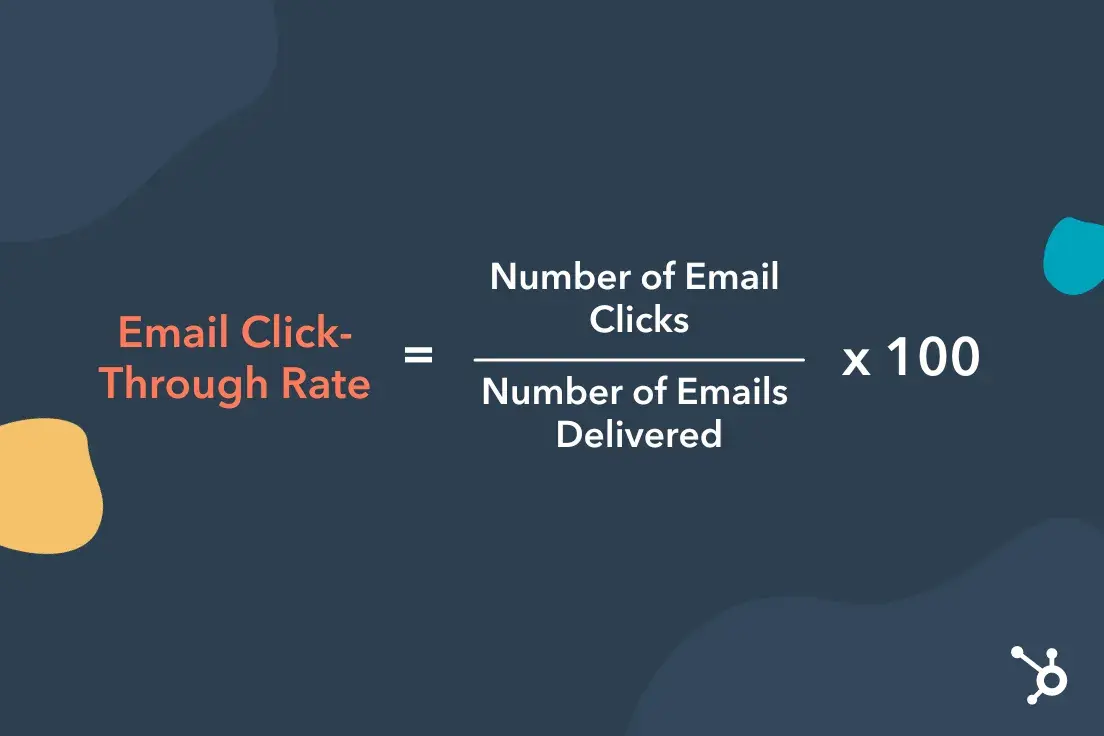
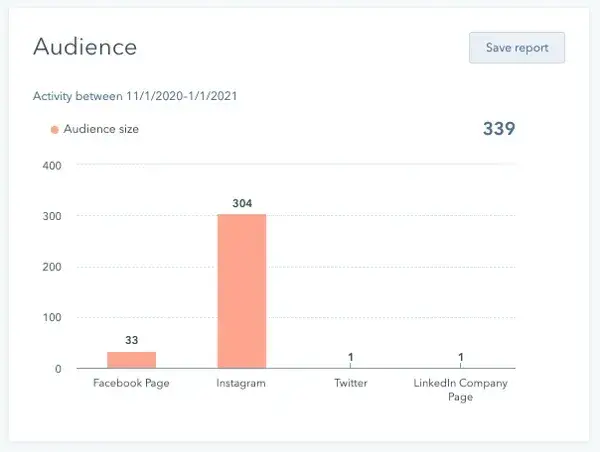
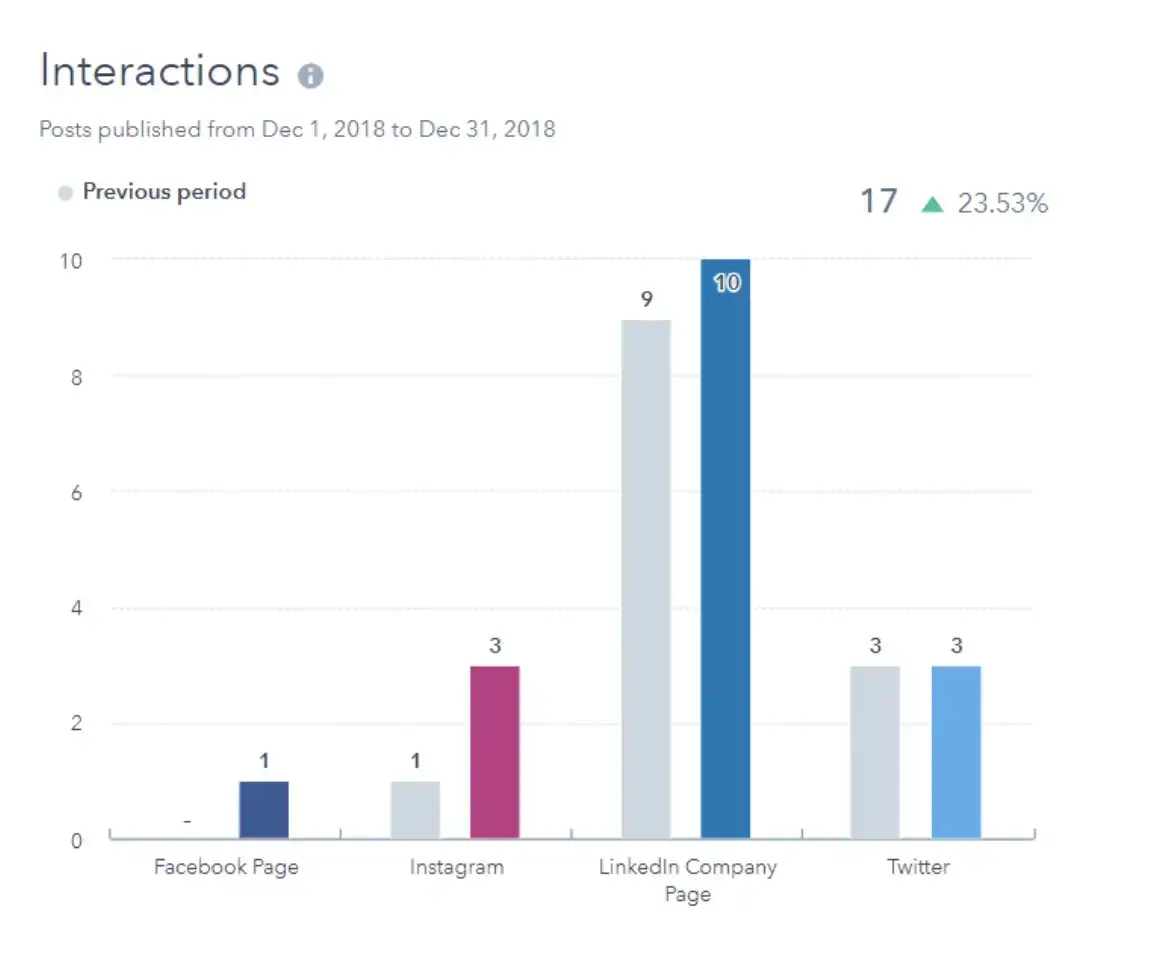

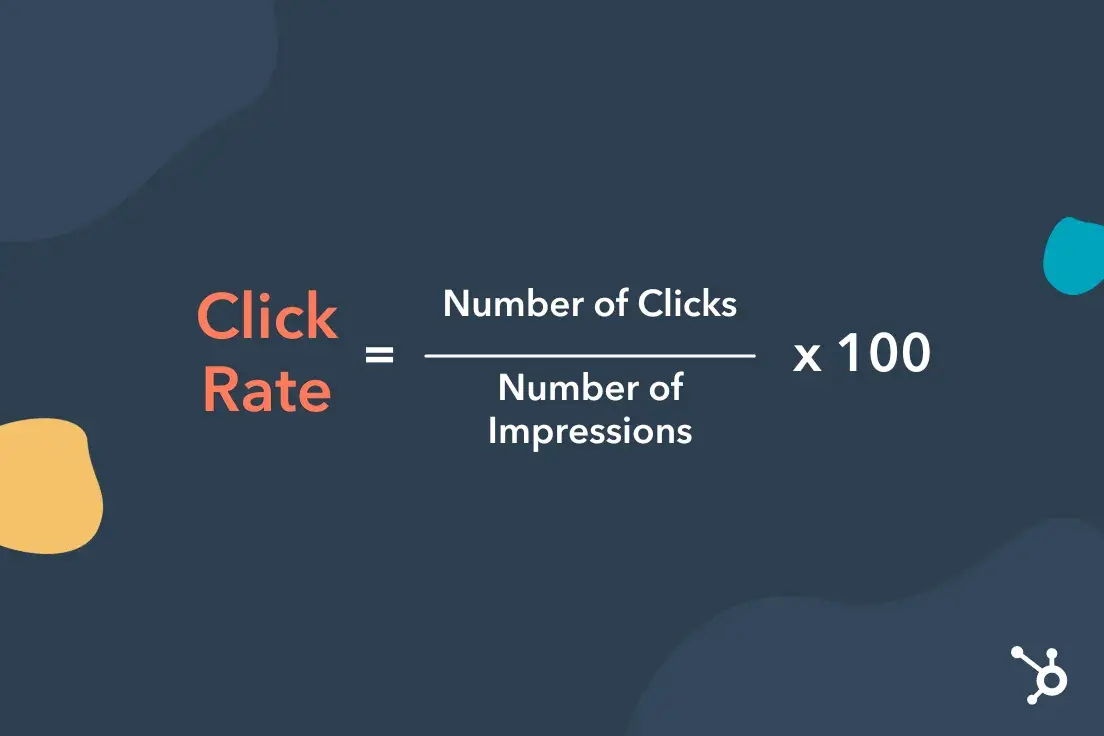
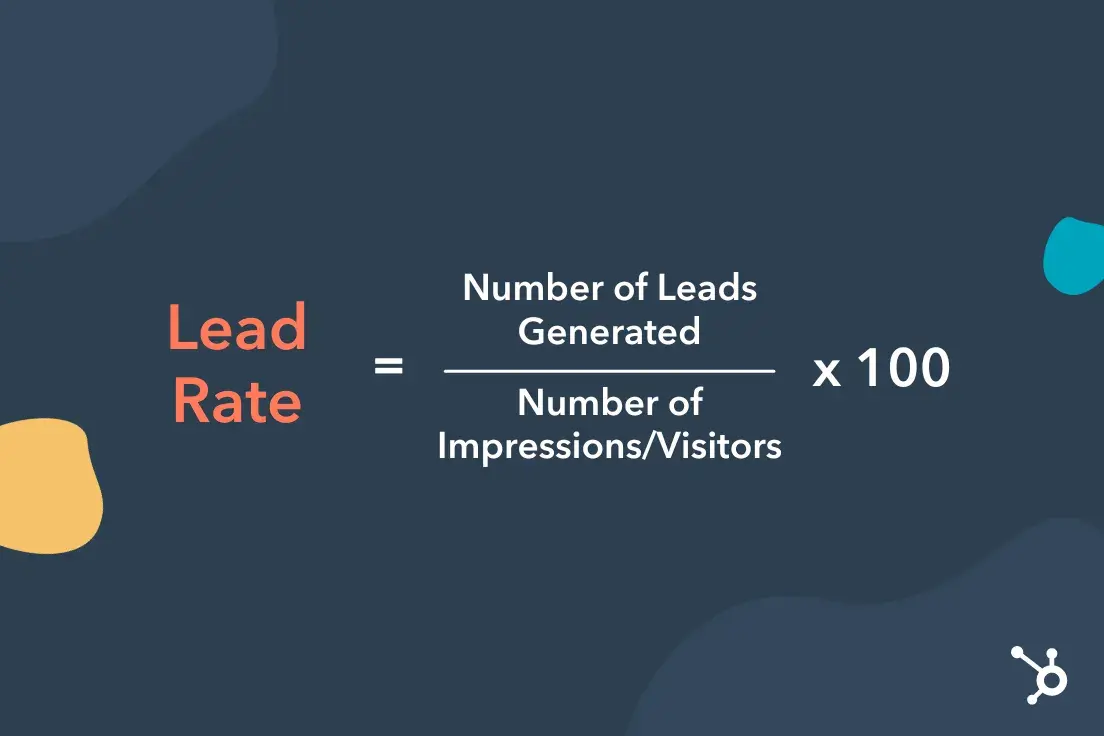
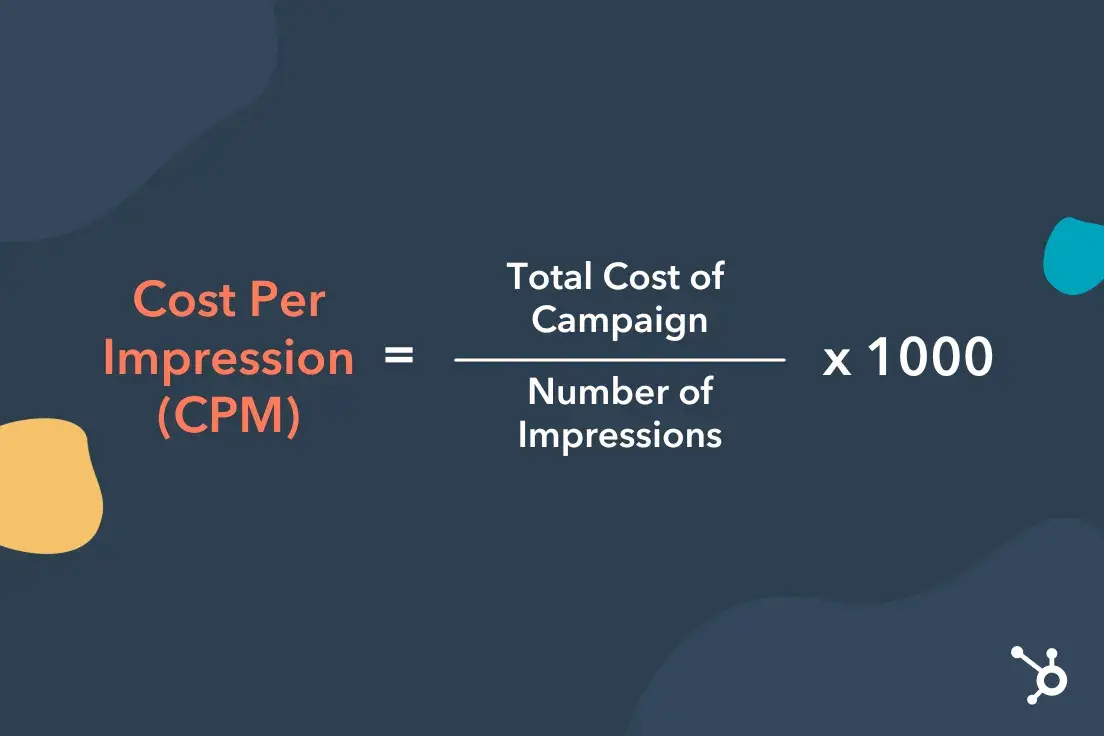
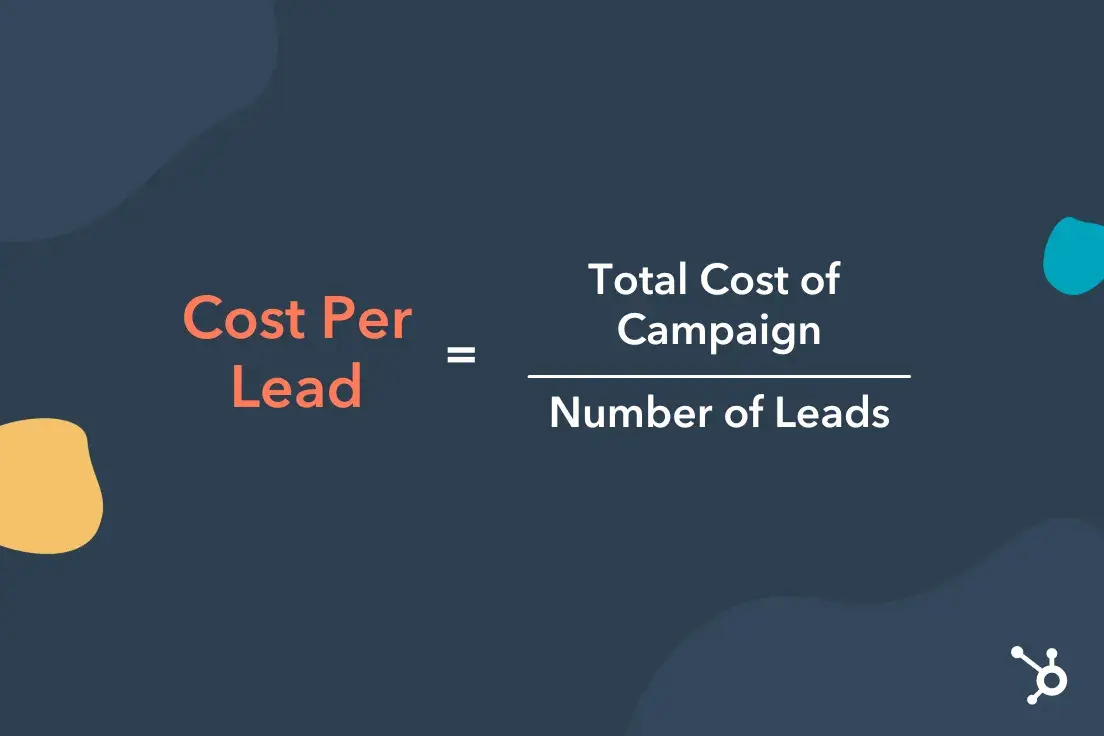
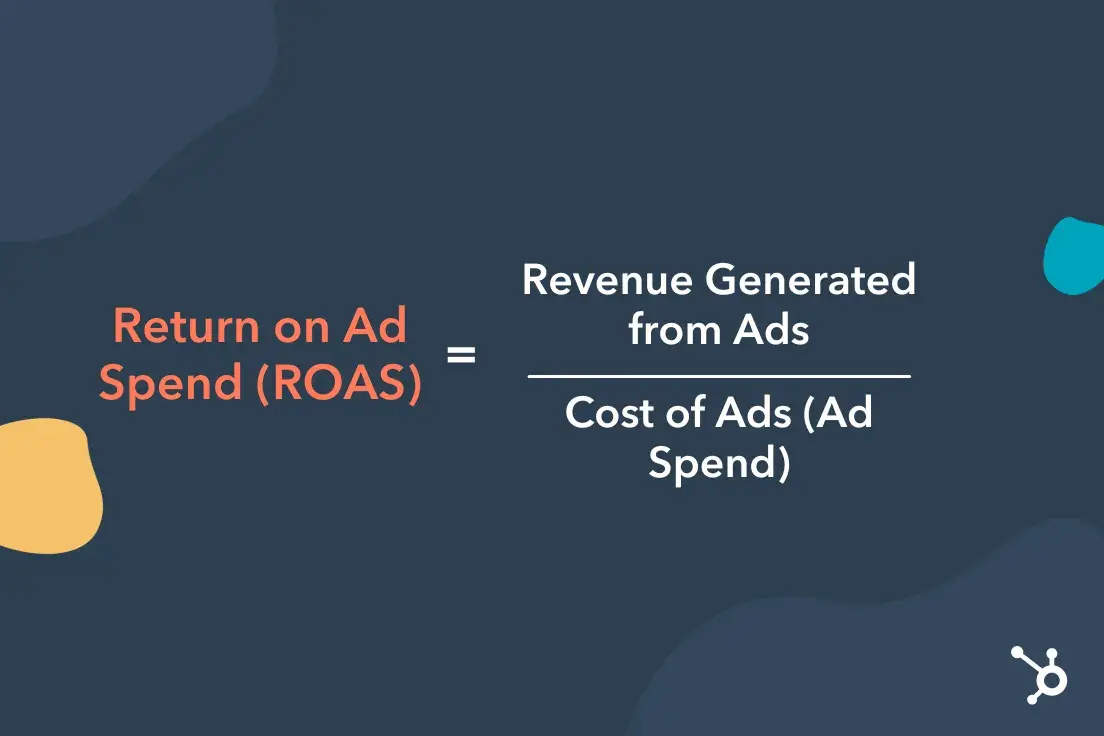
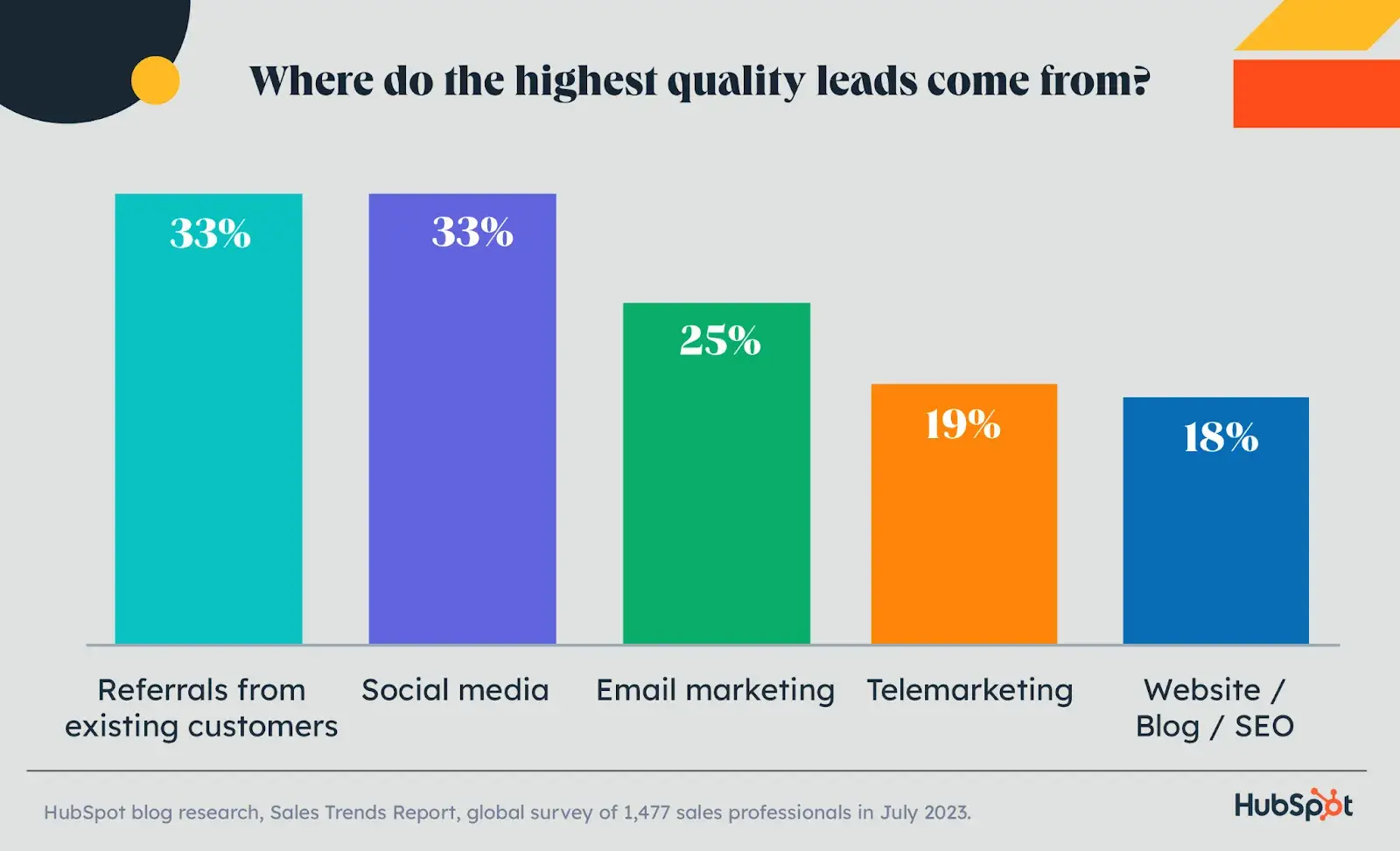
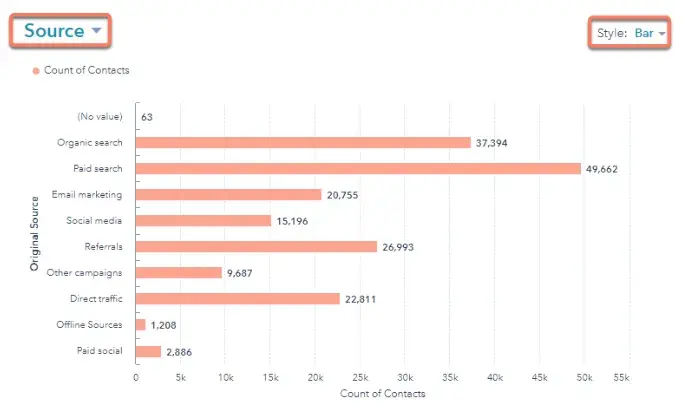

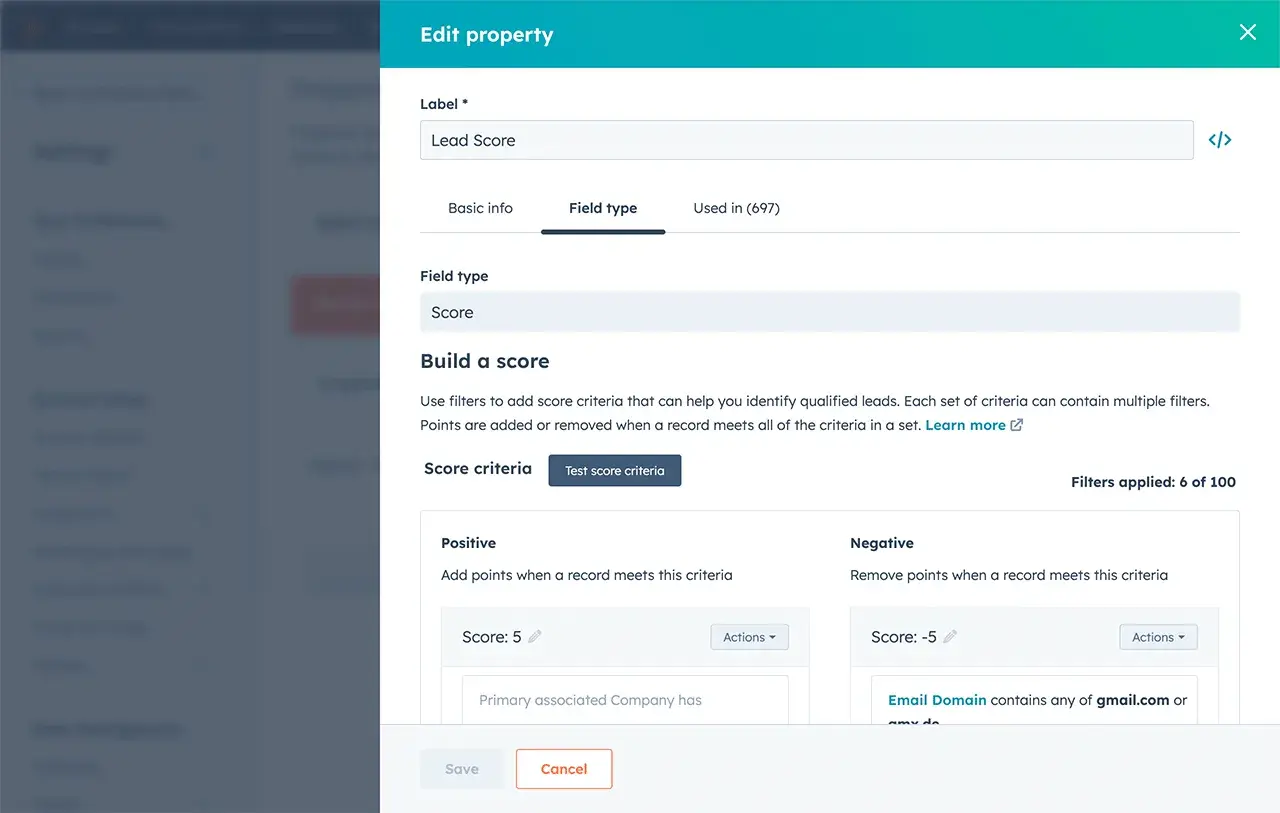
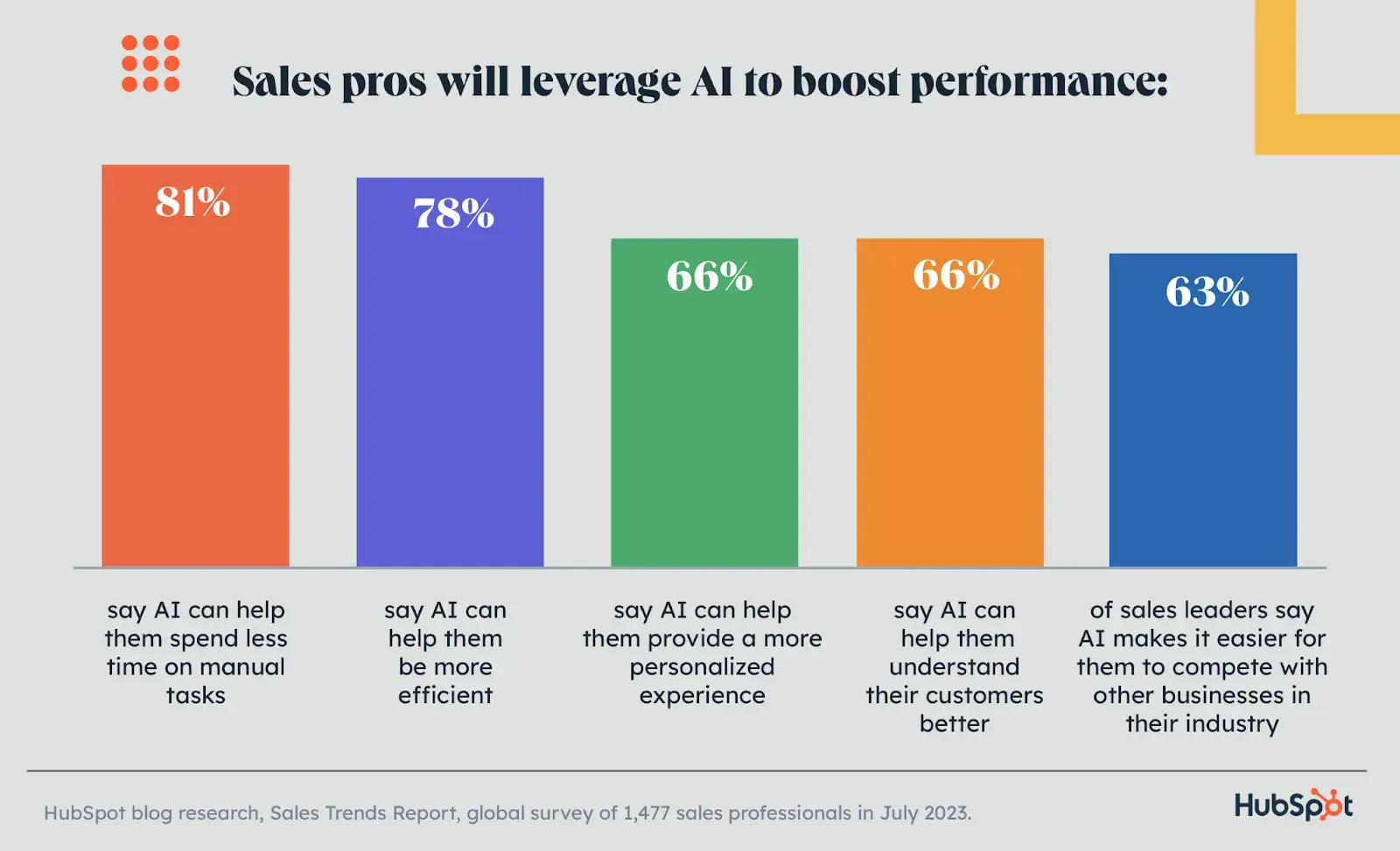
![→ Free Templates: How to Use YouTube for Business [Download Now]](https://i4lead.com/wp-content/uploads/2024/09/b33cfd44-133a-49e3-a943-086c5679d485.png)



![Download Now: The 2024 Growth Blueprint [Free Report]](https://i4lead.com/wp-content/uploads/2024/09/354d57e4-0f09-4eb0-a331-6c5633fb1432.png)